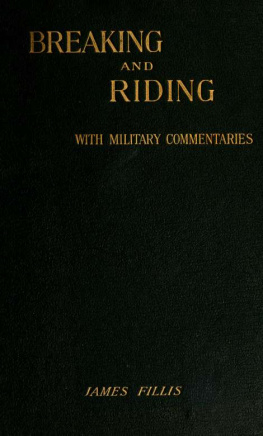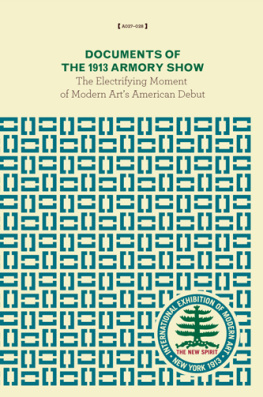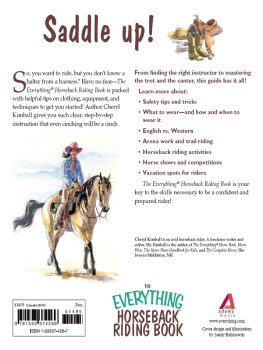Fillis James 1834-1913 - Breaking and riding
Here you can read online Fillis James 1834-1913 - Breaking and riding full text of the book (entire story) in english for free. Download pdf and epub, get meaning, cover and reviews about this ebook. year: 1902, publisher: New York : C. Scribners Sons, genre: Science. Description of the work, (preface) as well as reviews are available. Best literature library LitArk.com created for fans of good reading and offers a wide selection of genres:
Romance novel
Science fiction
Adventure
Detective
Science
History
Home and family
Prose
Art
Politics
Computer
Non-fiction
Religion
Business
Children
Humor
Choose a favorite category and find really read worthwhile books. Enjoy immersion in the world of imagination, feel the emotions of the characters or learn something new for yourself, make an fascinating discovery.
- Book:Breaking and riding
- Author:
- Publisher:New York : C. Scribners Sons
- Genre:
- Year:1902
- Rating:3 / 5
- Favourites:Add to favourites
- Your mark:
- 60
- 1
- 2
- 3
- 4
- 5
Breaking and riding: summary, description and annotation
We offer to read an annotation, description, summary or preface (depends on what the author of the book "Breaking and riding" wrote himself). If you haven't found the necessary information about the book — write in the comments, we will try to find it.
Breaking and riding — read online for free the complete book (whole text) full work
Below is the text of the book, divided by pages. System saving the place of the last page read, allows you to conveniently read the book "Breaking and riding" online for free, without having to search again every time where you left off. Put a bookmark, and you can go to the page where you finished reading at any time.
Font size:
Interval:
Bookmark:

This book made available by the Internet Archive.

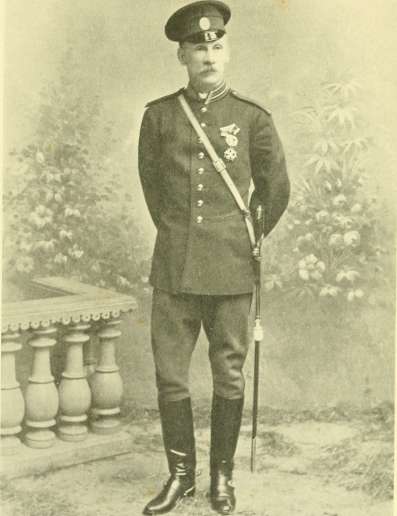



PRINTED BY KELLY'S DIRECTORIES LONDON AND KINGSTON
PREFACE.
In this book, I do not presume to discuss scientific subjects. I am simply a horseman who has been among horses for sixty years, who knows them, loves them, and is capable of reasoning about them.
The fundamental principle of the studies which I submit to the public is that it is necessary for a horse to be correctly balanced and light in forward movements and propulsion, in order that the rider may obtain the most powerful effects with the least exertion.
My method of equitation consists in distribution of weight by the height of the neck bent at the poll and not at the withers ; propulsion by means of the hocks being brought under the body; and lightness by the loosening of the lower jaw. When we know this, we know everything, and we know^ nothing. We know everything, because these principles are of universal application ; and we know nothing, because they have to be applied practically.
Practice cannot be taught in a book ; but I will try to set forth principles. Probably, I would not have had the boldness to do this, had not one of my pupils entreated me to write this book ; because he had been greatly struck with
the aptness of the explanation which I gave him respecting the details of the breaking lessons.
In judging this work, I trust that my readers will give it the attention it deserves, as the result of sixty years' serious study and hard practical work.
I crave the indulgence of the public, and the impartiality of my reviewers.
JAMES FILLIS.
TRANSLATOR'S PREFACE.
Mr. Fill is, at whose request I have had the pleasure of translating his Principes de Dressage et d^Equitation, is acknowledged throughout Europe as the greatest high school rider of all time. In fact, he has had the honour of giving private riding exhibitions before The Emperor and Empress of Germany, The Tsar, President Carnot, The Queen of Belgium, The King and Crown Prince of Denmark, and the Emperor of Austria, all of whom have accorded him special marks of their appreciation of his unrivalled ability.
Having fortunately had many opportunities of seeing Mr. Fillis ride both in Germany and at the St. Petersburg Cavalry Riding School, where he is Eaiyer en chef, I can full}' endorse the correctness of the good opinion held about him by his most enthusiastic admirers.
A school rider obtains control and guidance by the combined action of hands and legs ; but an ordinary horseman depends almost entirely on the reins for collecting and directing his mount, and consequently his power over the animal is insufficient for military and polo requirements. With extremely few exceptions, school riders abuse their power, and sacrifice freedom of movement to exaggerated
control, with the,result, in many cases, of getting their animals behind their bits and straining their hocks. Such men ride in a mechanical manner, which is inelegant in a school or circus, and is entirely unsuited for work in the open. Mr. Fillis, on the contrary, acting on his motto " e7i avant " (forward), has succeeded in showing how a horse can be made clever in his movements, without in any way diminishing his usefulness on the road or over a country. I therefore trust that all English-speaking horsemen, and especially cavalrymen and polo players, will profit by the valuable instruction which he now puts before them.
M. H. HAYES.
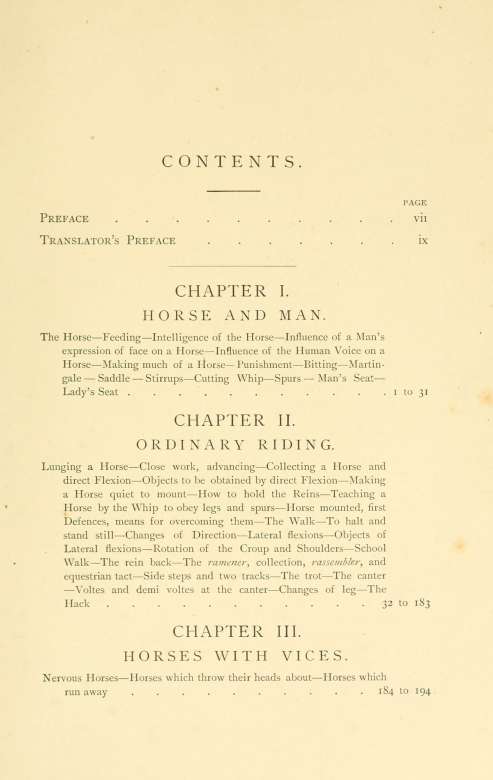
JUMPING
CONTENTS.
CHAPTER IV.
195 to 205
FLAT RACING
CHAPTER V.
206 to 209
THE HUNTER
CHAPTER VI.
210 to 212
THE ARMY HORSE
CHAPTER VII.
213 to 235
CHAPTER VIII. HIGH-SCHOOL RIDING.
The Spanish walkReversed pirouettes on three legsReversed and ordinary pirouettes with the feet crossedReining back without reinsRocking the forehandRocking the haunchesSpanish trot Shoulder-in at the canterPirouettes at the canter^Changes of leg at each strideChanges of leg without gaining groundPiaffers and passages Differences between the passage and Spanish trot Serpentine at the TrotCanter on three legsPassage to the rear See-saw piafferCanter without gaining ground and canter to the rearNew school movementsSchool horse for ladies .. 236 to 331
CHAPTER IX.
COMMENTARIES ON BAUCHER
332 to 344
CHAPTER X.
TESTS OF HORSEMANSHIP
345 t^' 347
CHAPTER XL
WITH BELGIAN OFFICERS
348 to 356
FIG. I.
3
4
5-6.
7-8.
9
lO.
II.
13
15-16.
17-18.
19. 20.
Leading a horse forward .....
Jaw contracted ......
Jaw and bit free ......
Going forward when mobihsing the lower jaw, so
prevent the horse getting behind his bit Muzzle on a line with upper part of shoulder Correct preparation for direct flexion Preparation for Baucher's direct flexion Incorrect and frequently employed flexion Lowering the heada faulty practice
jj 53 jj
Direct flexion when going forward . Baucher's flexion when mounted Correct flexion when mounted .... Exaggerated example of Baucher's incorrect flexion Proper way to mount Equal tension on all four reins Action of the curb . Action of the snaffle Action of the off curb rein Action of the near curb rein
as to
PAGE
41 45 47
49 51 55 55 57 57 59 59 (>Z 64
65 67
71 71 71 73 73
21. Separating the curb and snaffle reins 2 2. Passing the right hand between the off curb rein and off snaffle rein ......
23. Closing the hand on the off curb and off snaffle rein
24. Separating the reins
25. Doubler .....
26. Volte
27. Demi-volte ....
28. Diagonal change of hand
29. Reversed change of hand
30. Counter-change of hand
31. Preparation for lateral flexion ; jaw contracted
32. Lateral flexion ; jaw relaxed 2iZ- Correct lateral flexion
34. Incorrect lateral flexion
35. Correct lateral flexion when mounted
36. Baucher's lateral flexion when mounted
37. Incorrect lateral flexion
38. Lateral effects in rotation of crop and shoulders
39. Direct effects ,, ,,
40. Diagonal
41. On " two tracks " at the school walk, from right to left
42. left to right
43. First time of the canter; near hind support
44. Second time of the canter; left diagonal in support
45. Third time of the canter; off fore in support
46. Clearing a fence .......
47. Horse raising his forehand a good deal when jumping
PAGE
75 75 75 90
91 92
93 94 95 97 99
lOI
105 106 107 108 109 no
T4I 143
48. Horse raising his croup when clearing a fence
49. Horse and rider being drowned
Font size:
Interval:
Bookmark:
Similar books «Breaking and riding»
Look at similar books to Breaking and riding. We have selected literature similar in name and meaning in the hope of providing readers with more options to find new, interesting, not yet read works.
Discussion, reviews of the book Breaking and riding and just readers' own opinions. Leave your comments, write what you think about the work, its meaning or the main characters. Specify what exactly you liked and what you didn't like, and why you think so.

